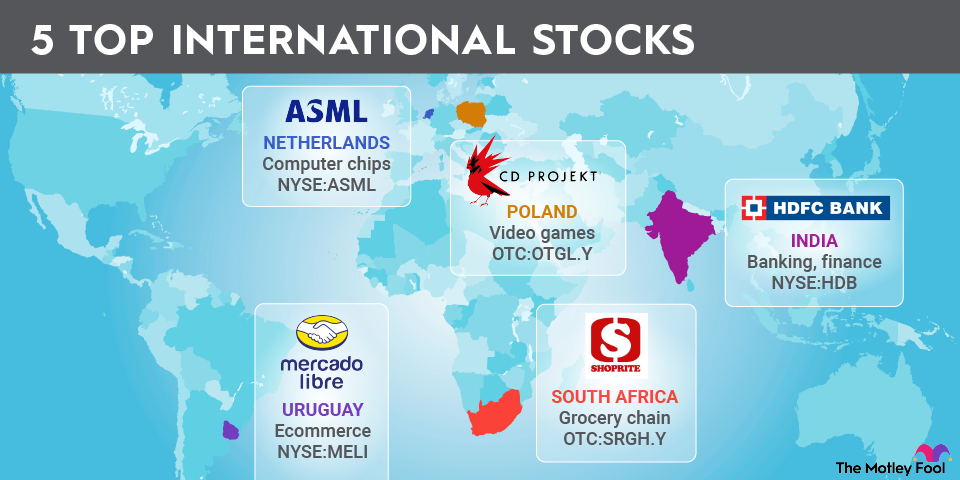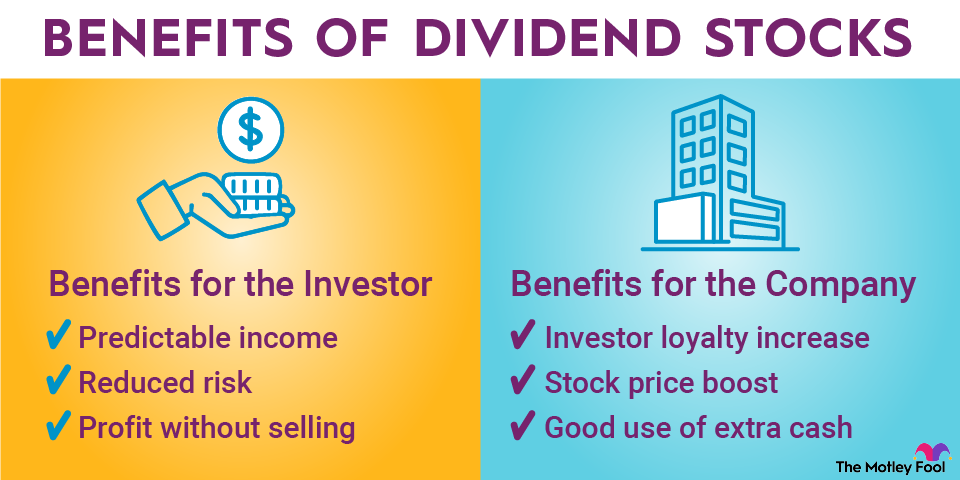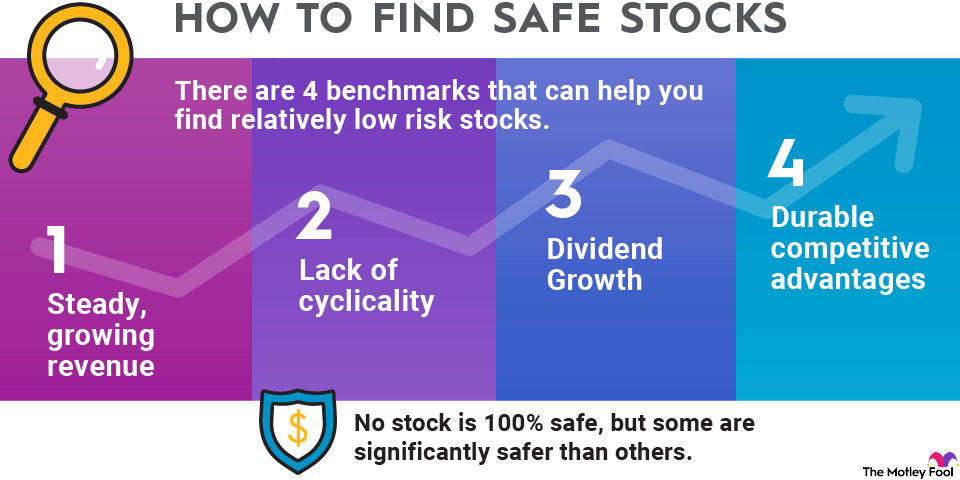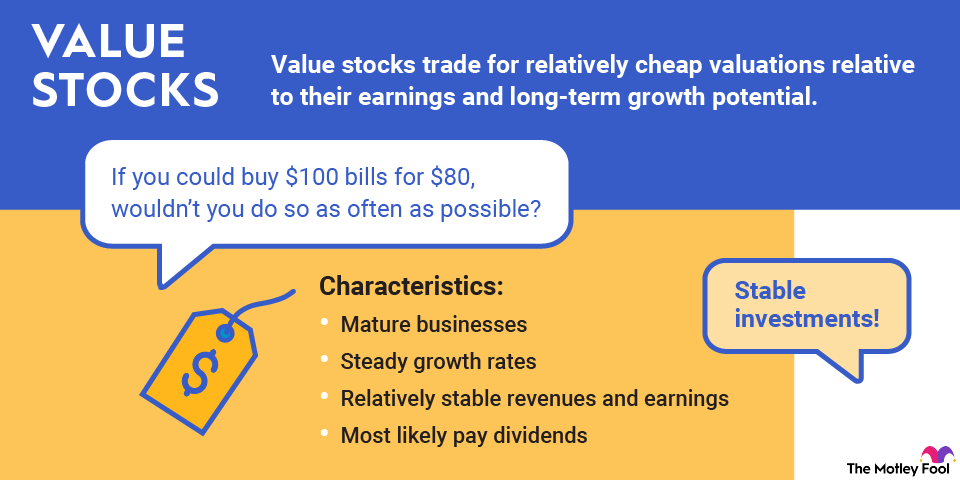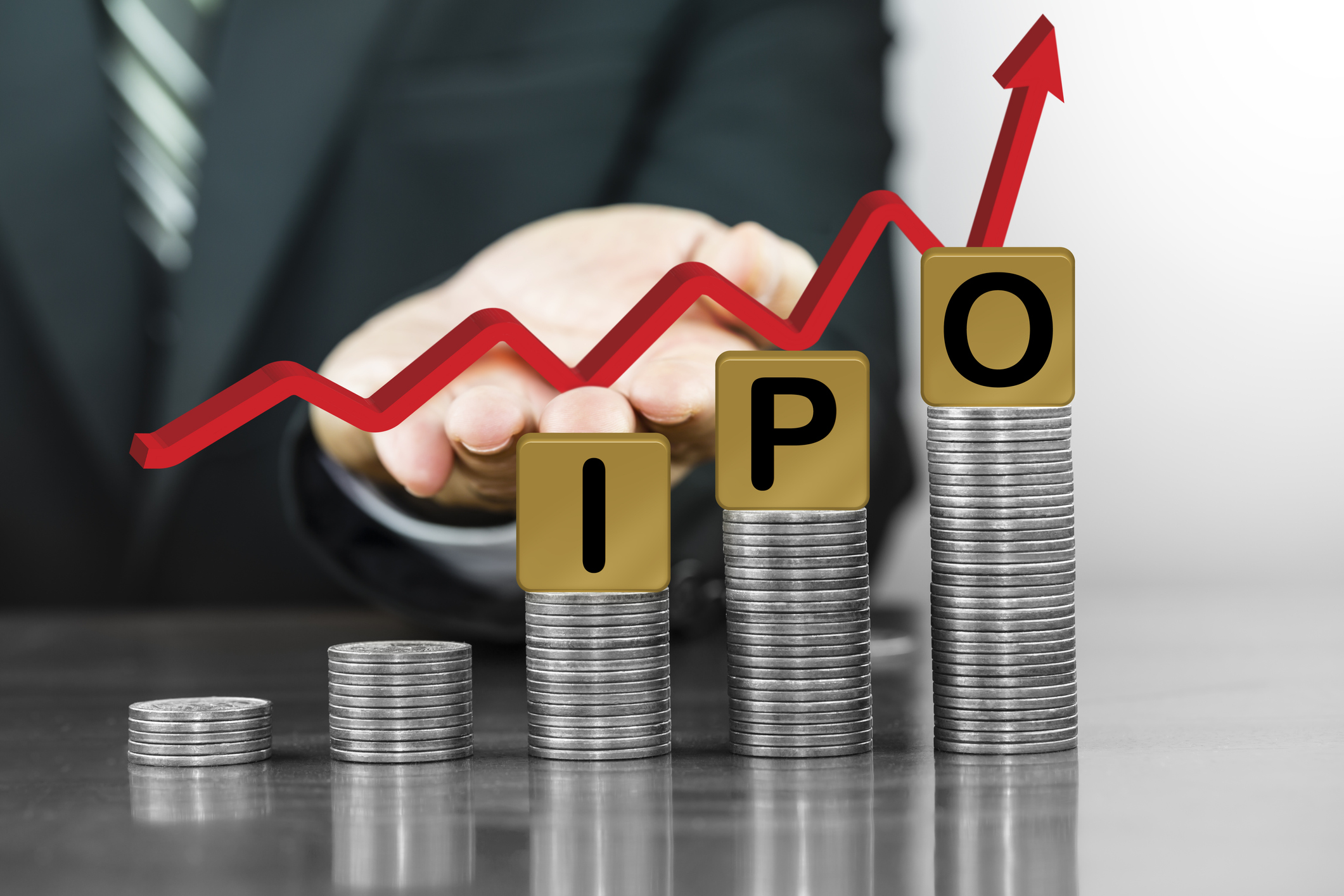Investing in growth stocks can be a great way to earn life-changing wealth in the stock market. The key, of course, is to know which growth stocks to buy and when.

Despite increased volatility in the stock market in 2025, growth stocks continue to outperform. The S&P 500 Growth index climbed about 18.9% through the first nine months of the year. Its counterpart, the S&P 500 Value index, was up just 8% during the same period.
However, growth stocks don't always outperform during periods of volatility. In 2022, the S&P 500 Growth index fell 30% for the year, while the S&P 500 index dropped just 19%.
Picking the right growth stock can help you weather the downside while profiting in the long run from its potential. Here's a handy guide to help you get started investing in growth stocks. With these tools and strategies, you can position your portfolio for long-term success with growth stocks.
What is a growth stock?
Growth stocks are companies that increase their earnings faster than the average business in their industry or the market as a whole.
Often, a growth company has developed an innovative product or service that is gaining share in existing markets, entering new markets, or creating entirely new industries. The market tends to reward businesses that can grow faster than average for long periods, delivering handsome returns to shareholders in the process. The faster they grow, the bigger the potential returns.
Unlike value stocks, high-growth stocks tend to be more expensive than the average in terms of profitability ratios. Despite their premium price tags, the best growth stocks can still deliver fortune-creating returns to investors.
That said, growth stocks can be much more volatile. Big drops in growth stock prices may take years to fully recover and catch up with the rest of the market.
High inflation puts pressure on growth stocks because it reduces the future value of their expected earnings. Supply chain constraints also affect the ability of some to expand, and other macroeconomic factors slow the entire economy. However, downturns can give long-term investors a buying opportunity when growth stock prices are low.
Top growth stocks in 2025
To provide you with some examples, here are 10 excellent growth stocks available in the stock market today.
| Company name | Company ticker | Market cap | Industry |
|---|---|---|---|
| Meta Platforms | NASDAQ:META | $1.8 trillion | Interactive Media and Services |
| Shopify | NASDAQ:SHOP | $214.1 billion | IT Services |
| Uber Technologies | NYSE:UBER | $195.4 billion | Road and Rail |
| Block | NYSE:XYZ | $46.6 billion | Diversified Financial Services |
| MercadoLibre | NASDAQ:MELI | $106.6 billion | Multiline Retail |
| Nvidia | NASDAQ:NVDA | $4.4 trillion | Semiconductors and Semiconductor Equipment |
| Netflix | NASDAQ:NFLX | $526.3 billion | Entertainment |
| Amazon | NASDAQ:AMZN | $2.3 trillion | Multiline Retail |
| Salesforce | NYSE:CRM | $242.1 billion | Software |
| Alphabet | NASDAQ:GOOG | $3.1 trillion | Interactive Media and Services |
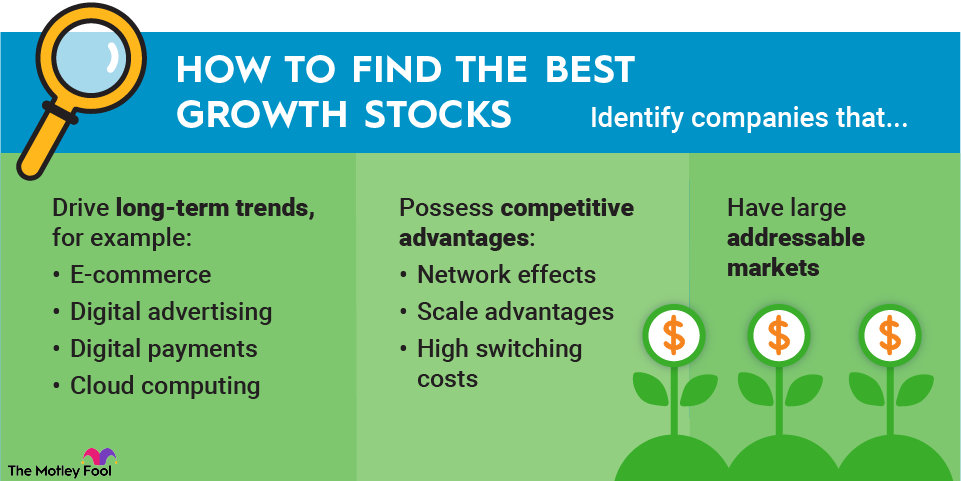
Cloud Computing
Prioritize companies with competitive advantages
It's also important to invest in growth companies that possess strong competitive advantages. Otherwise, their competitors may pass them, and their growth may not last long.
A strong competitive advantage will help companies survive and thrive through market downturns, while those without one will struggle.
If you can identify stocks of companies with strong competitive advantages being sold off along with the rest of the market, it can be an opportunity to generate massive returns as they recover. Some competitive advantages are:
- Network effects: Meta's Facebook is a prime example here. Each person who joins its social media platform makes it more valuable to other members. Network effects can make it difficult for new entrants to displace the current market share leader. Meta's 3.5 billion users across its family of apps certainly make it unlikely that a new social media company will displace it.
- Scale advantages: Size can be another powerful advantage. Amazon is a great example in this category because smaller rivals will find it extremely difficult to replicate its massive global fulfillment network.
- High switching costs: Switching costs are the expenses and difficulties associated with switching to a rival's product or service. Shopify, an online retail system for more than 1 million businesses, is a perfect example of a business with high switching costs. Once a company begins using Shopify as the core of its online operations, it's unlikely to go through the hassle of switching to a competitor.
Why invest in growth stocks
- High return potential.
- Less demand for immediate capital returns allows management to invest in the future.
- One excellent growth stock investment can make up for a handful that don't work out.
Risks of investing in growth stocks
Growth stocks can offer excellent long-term returns, but there are no free lunches in the stock market. The cost of better returns is greater risk.
Growth stocks generally exhibit greater price volatility. That's partly due to their higher valuations. Any changes in expectations for the future are multiplied by a greater factor when valuations are high. As such, investor need to be able to stomach severe drawdowns in the value of their growth stocks.
Individual growth stocks also hold significantly more risk than individual value stocks. By their nature, growth stocks are less predictable, so an individual investment could face setbacks from poor execution, challenges scaling the business, or another company disrupting its product or market. As such, growth stock investors should maintain a portfolio with companies across industries and in different phases of growth.

